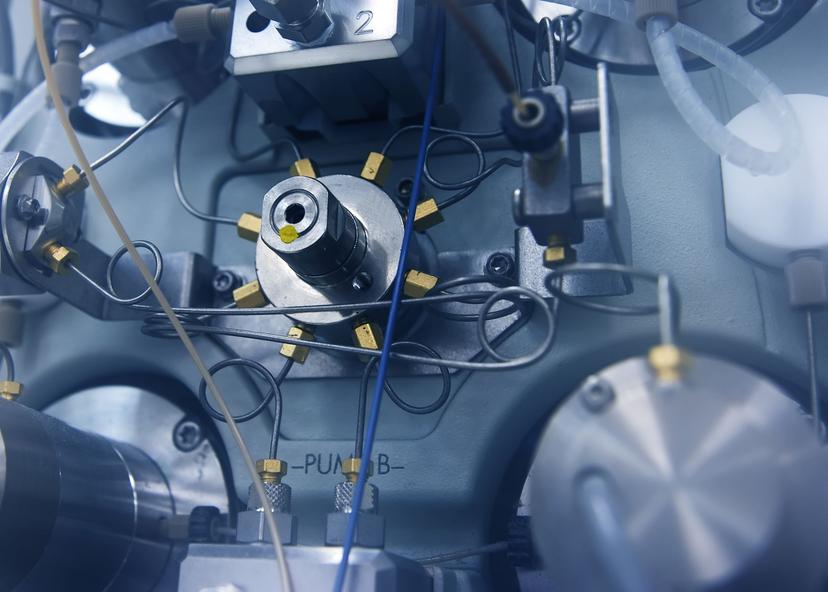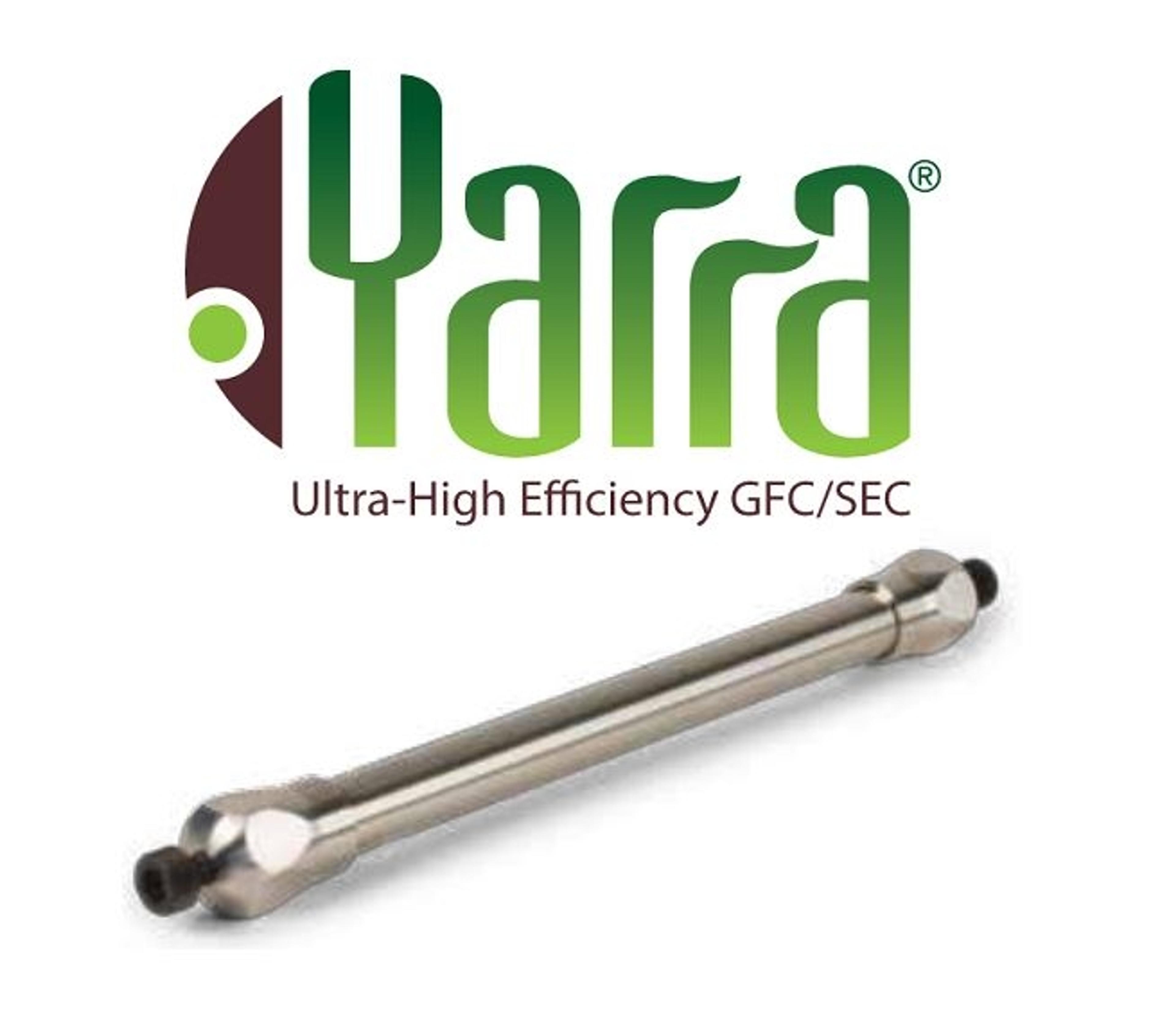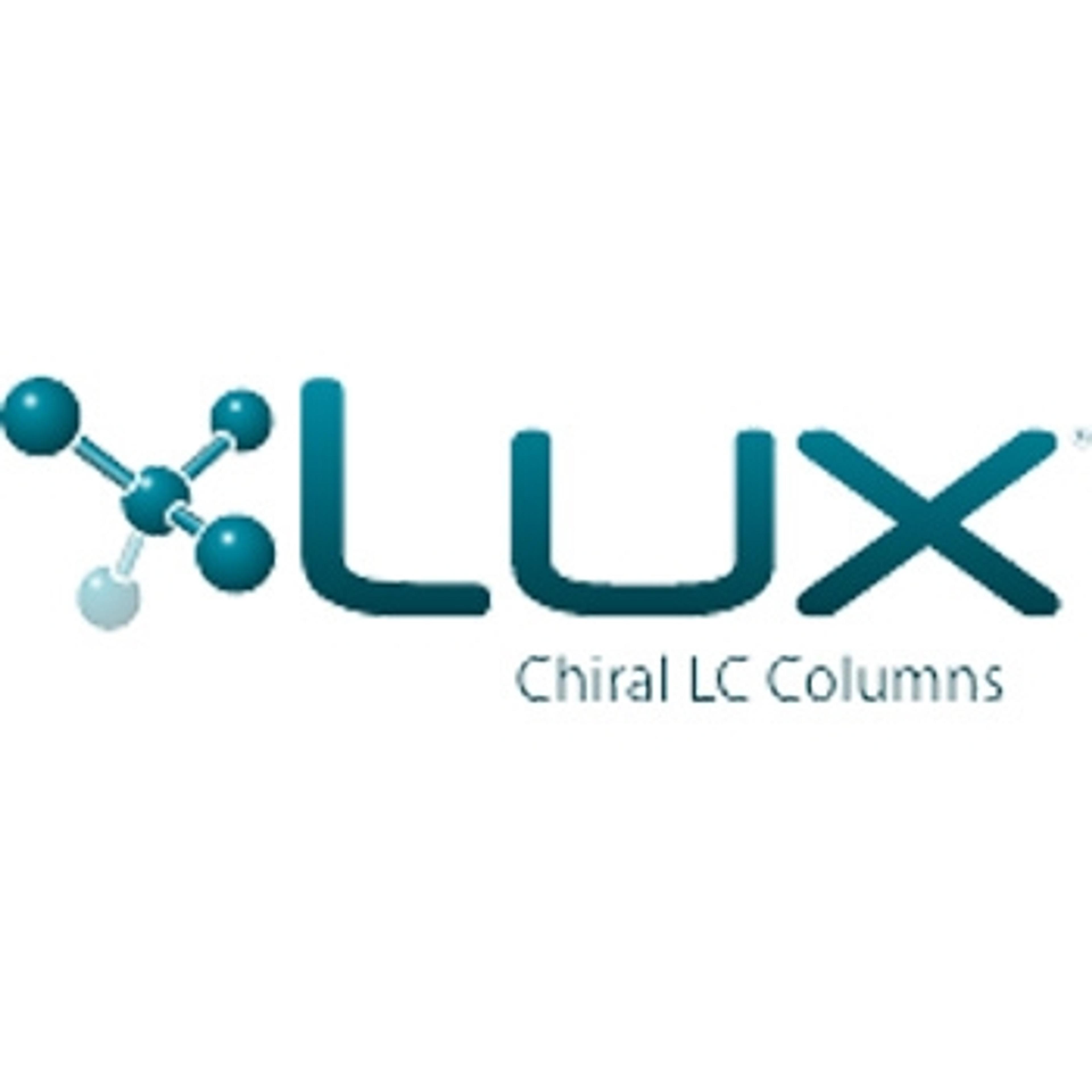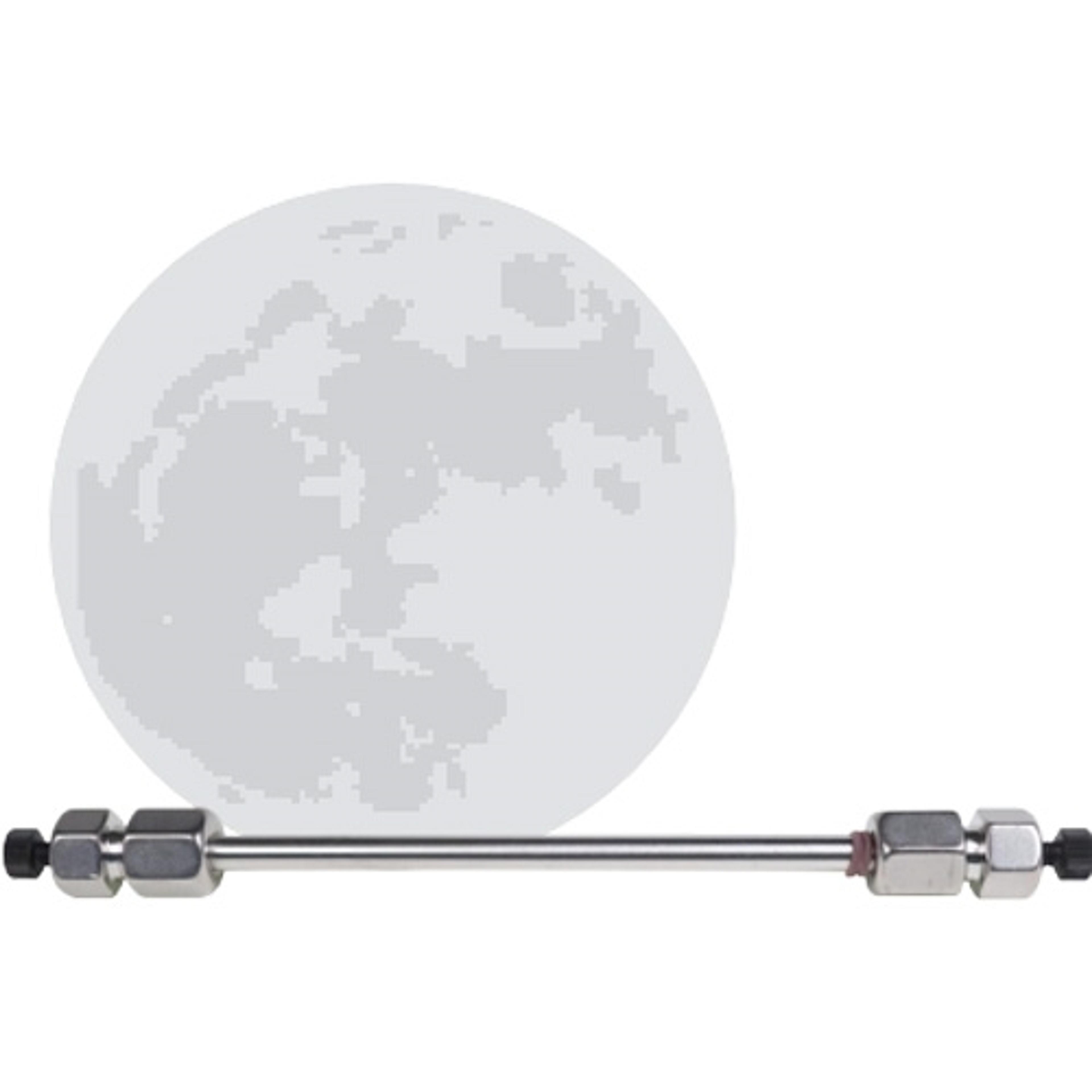Webinar Highlights: Achieving Greater UHPLC Performance: Three Innovative Surface Chemistries for Reversed Phase, Size Exclusion and Chiral LC Methods
Discover the benefits of new technology and method development strategies for new techniques
3 May 2016

Discover the benefits of new technology and method development strategies for new techniques
Discover how three new surface chemistries from Phenomenex could improve UHPLC performance for the analysis of small molecules, large bio-molecules, and enantiomeric species. In this webinar, Brian Rivera, Product Manager at Phenomenex, discussed the benefits of new vs existing technologies for analyzing small and large molecules and useful method development and screening strategies for each technique.
Read on for the highlights of the webinar question and answer session, or catch up with the webinar on-demand here.
Q: Which Yarra phase should I choose if I want to analyze my monoclonal antibody?
A: That depends on the interest of separation – for example, for many antibody-drug conjugates separations, typically the stability is noted by the fragment separation, so Yarra 1.8µm SEC-X150, which has a slightly lower exclusion range, might be a viable option. However, if you’re doing a more standard aggregate analysis, so high molecular weight aggregate characterization, then the Yarra 1.8-µm SEC-X300 would be the optimal choice due to the higher exclusion range.
Q: What three Lux stationary phases are the best to start with for a chiral screening system?
A: What’s going to give you the best chance of success is the Lux Amylose-1 and Cellulose-1, which are very widely used. You can use those with various different separation modes, such as normal phase or organic phase. However, if you were going to add a third phase to that, I would select a chlorinated phase, such as a Lux Cellulose-4, using that as an orthogonal selectivity as it will have a very unique selectivity.
Q: Can I run Yarra 1.8µm columns with 15% isopropanol?
A: Absolutely, although there are a few things to keep in mind. We would suggest running it at an elevated temperature, around 30°C or even higher, provided that the proteins you’re working with are stable under those conditions. We would also recommend reducing the flow rate, to around 0.25-0.3ml per minute. You should stay within column limitations of pressure, around 7000psi.
Q: What’s the pressure increase that I will see when moving from my 1.7µm to a Luna Omega 1.6µm?
A: You could expect a 5-10% backpressure increase, because it is a slightly smaller particle. This shouldn’t affect your systems too much, because UHPLC columns should be able to handle that amount of backpressure increase. However, it is something to consider when changing column particle size.
Q: Can I run both Lux Amylose-1 analytical and preparative columns under SFC conditions?
A: You can run either the 3 or the 5-micron Amylose-1 columns using SFC chromatography, these conditions are suitable for all of our Lux phases.
Q: Why produce a fully porous sub-2µm columns now when you’ve focused so heavily on core-shell product development?
A: Phenomenex aims to offer a full solution portfolio for HPLC applications. Kinetex is a great product and has brought success to many HPLC and UHPLC users alike, but there are some instances where a fully porous column could have some advantages, such as longer retention times.
Q: Are Luna Omega columns compatible with my ACQUITY UPLC?
A: Absolutely – there are no real restrictions on the systems these columns can be run with, provided they are appropriate to run UHPLC, for example with compatible backpressure limits.
Q: How is the column life of this 1.8µm? Also have you compared it to your competitor's?
For Yarra SEC-X150 column lifetime assessment, different mobile phase compositions were cycled between, such as 0.1 M sodium phosphate with 10% isopropanol, in addition to implementing system shut downs and restarts to "stress" the column bed. Both changes in mobile phase composition and flow-rate (i.e. pressure) can decompress the bed and are a common failure mode in SEC. The benchmark reached was 100 hours using these harsh conditions. This was compared to competitor sub-2 µm SEC columns and the results for lifetime were comparable.
More details on stability testing can be found here.
Q: If the degradation products show in the dead volume, how will you proceed in the development method?
This might indicate carryover from a previous run. Extending run times further and/or adjusting gradient would help to determine if this is the case. For isocratic methods such as SEC, any degradation peaks eluting before the void are more likely than not carryover from the previous run.
Q: Do you have a buffer system compatible with MS? i.e. no Na, no phosphate.
For SEC-MS, 20 mM ammonium formate (pH 6.3) is recommended. Flow should be diverted after the last peak of interest elutes to keep the salt from the electrospray interface. Otherwise, other recommended conditions would be 49% water, 50% ACN, 1% formic acid, though buffered conditions should perform better.
Q: Can the 100% aqueous mobile phase being used for the Omega 1.6um C18 and polar C18 columns?
Luna Omega Polar C18 can most certainly be run with 100% aqueous.
Watch the full webinar on-demand here, or see upcoming webinars here.



